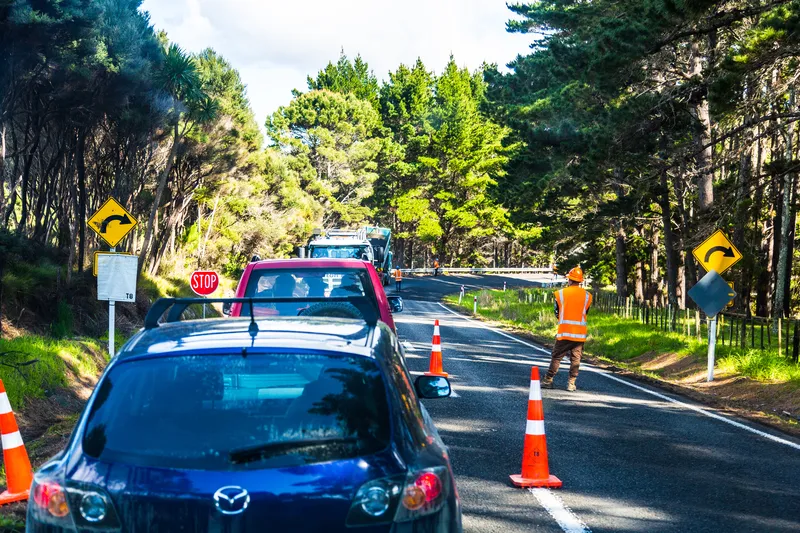The government of New Zealand is developing a plan aimed at reducing 750 deaths and 5,600 serious injuries expected on its roads over the next ten years.
Anne Genter, associate transport minister, says: “Most roads deaths and serious injuries are preventable and too many New Zealanders have lost their lives or been seriously injured in crashes that could have been prevented by road safety upgrades.”
Genter believes the new target can be achieved mainly by increasing investment in road safety infrastructure over the next decade.
“Already this Government is investing a record $1.4 billion over three years to upgrade over 3,300km of our most dangerous roads,” she continues. “This plan proposes greater investment in proven safety upgrades like median barriers, roundabouts and safe cycling infrastructure.”
As part of this ambition, the New Zealand government intends to reduce annual deaths and serious injuries by 40% by 2030.
It is also investing in new programmes targeted at helping younger drivers get their licence and develop safe driving skills.
These proposals are seeking to:
• make it easier for local government to review speed limits
• improve the safety of vehicles entering the fleet
• include a new focus on work-related road safety
• prioritise road policing to tackle high risk behaviours
• improve the safety of footpaths and cycleways.
New Zealand government wants fewer road deaths
The government of New Zealand is developing a plan aimed at reducing 750 deaths and 5,600 serious injuries expected on its roads over the next ten years.
Anne Genter, associate transport minister, says: “Most roads deaths and serious injuries are preventable and too many New Zealanders have lost their lives or been seriously injured in crashes that could have been prevented by road safety upgrades.”
Genter believes the new target can be achieved mainly by increasing investment in road safety infrastr
July 25, 2019
Read time: 2 mins










